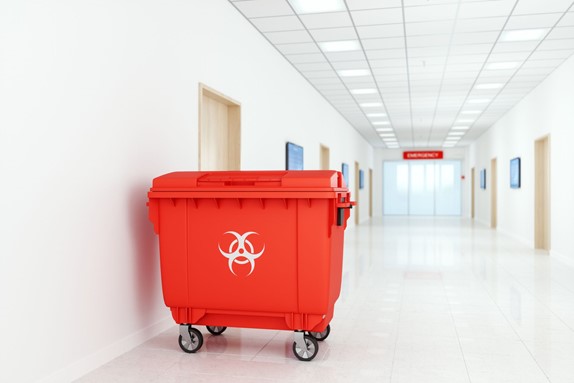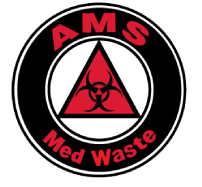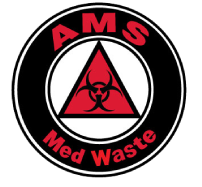
Potentially Infectious Medical Waste (PIMW) typically falls into several categories: pathological, sharps, pharmaceutical, chemotherapy and other items suspected of being contaminated with infectious pathogens. Disposing of each one requires a specific method that is in compliance with industry standards, state and federal regulations. Medical waste can be produced by many different points of care such as doctors’ offices, hospitals, labs, vet clinics and even households.
If you’re looking to dispose of medical waste but are unsure of the type of disposal method you need, then look no further.
Pathological Waste
One of the more common ones is Pathological waste. This kind of waste is any human or animal waste like tissue, bodily fluids, organs and surgical specimens.
It is important that pathological waste is separated from other types of waste, such as sharps or chemotherapy waste, and labelled correctly. Pathological waste is typically placed in a red bag, securely tied and then placed inside another container to reduce the risks of contamination. Pathological waste must be disposed of in accordance with Federal and State EPA guidelines at an approved facility.
Sharps Waste
Sharps waste consists of items with a sharp point or edge that could cut or puncture the skin, humans, or animals. Some examples of sharps are needles, blades, staples, and syringes. Sharps are treated as potentially infectious waste whether they have been used or not.
When you are ready to dispose of sharps safely, they must be placed in a secure sharps container. There are two different types of containers, ones that are DOT Rated and ones that are not. If a container is DOT Rated, that means that the DOT approves them as a stand-alone container with no secondary packaging needed. If a container is not DOT Rated, that means it must be placed inside a red plastic bin that is DOT approved for transportation.
Once the waste is collected in the right containers, it is then taken to the proper disposal facility following federal and state regulations.
Pharmaceutical Waste
Pharmaceutical waste includes all types of expired, unused, split, and contaminated pharmaceutical products, drugs, vaccines, and serums that are no longer needed and must be appropriately disposed of. This type of waste is one that you would find at a hospital, doctors’ offices, veterinary offices, and even households.
Waste pharmaceuticals fall into two categories: hazardous (RCRA) or non-hazardous (Non-RCRA). If you separate these waste streams properly, you will avoid costly handling fees and comply with regulations.
Hazardous (RCRA) pharmaceuticals are generally disposed of in a black container and processed separately from potentially infectious medical waste. Non-hazardous (Non-RCRA) pharmaceuticals are generally disposed of in a blue and white container. Each of these types of waste must be disposed of at a properly licensed facility and according to state and federal regulations.
Chemotherapy Waste
When it comes to Chemotherapy waste, there are two different kinds, trace or bulk. Trace waste is material that has been contaminated by contact with or previously contained by the agents below. Trace waste usually includes bags, IV tubes, vials, or anything that could contain chemotherapy drugs. These low volume or trace amounts are typically disposed of in yellow containers.
Agents: These are examples of a few types of chemotherapy agents
- Melphalan
- Uracil Mustard
- Daunomycin
- Mitomycin C
- Chlorambucil
- Diethylstilbestrol
- Streptozotocin
- Cyclophosphamide
The second kind of Chemotherapy waste is called bulk. It is any item that contains more than 3% of the original amount of a chemotherapeutic agent. Typically at these volumes, chemotherapeutic waste and some associated items are considered hazardous waste and disposed of in a black container in the approved manner for hazardous waste.
Disposal
When disposing of any of these types of waste, a waste generator must follow strict and approved protocols. First, all waste must be put into the proper medical waste container, and every kind of waste has its own type of waste container. Then, after they are sorted and put into the container, you should call a waste disposal company and schedule a pick up of your medical waste bins. It is the waste generator’s responsibility to ensure that all waste items are properly sorted into the appropriate waste streams.
Contact AMS Medical Waste today to help you manage all of your medical waste disposal needs and schedule a time to dispose of your medical waste safely.





